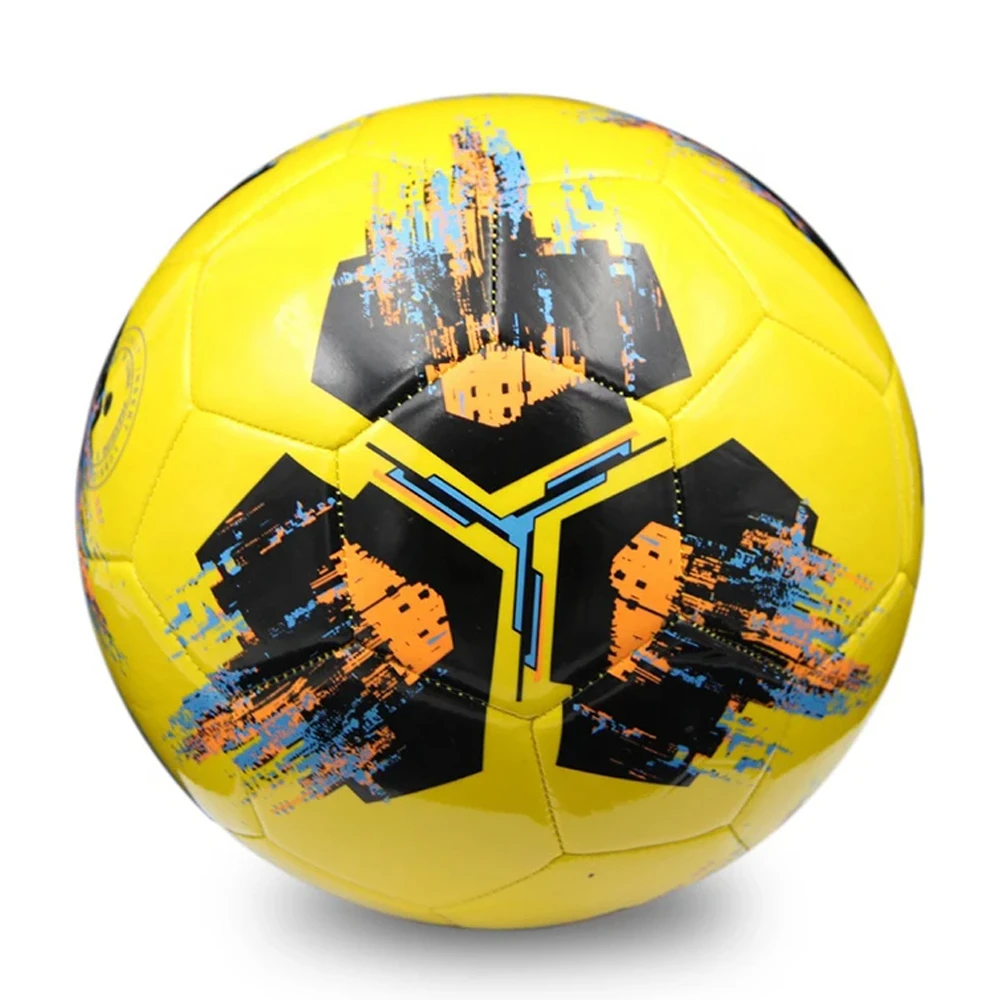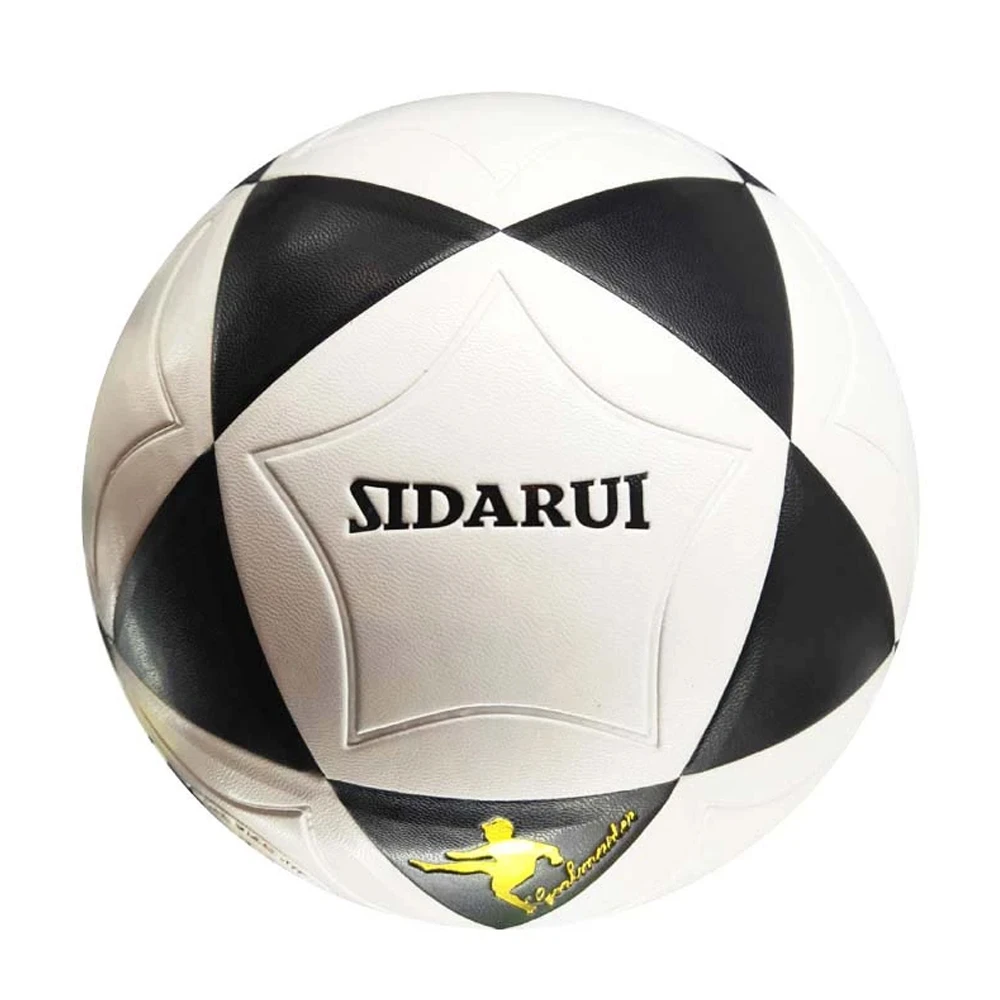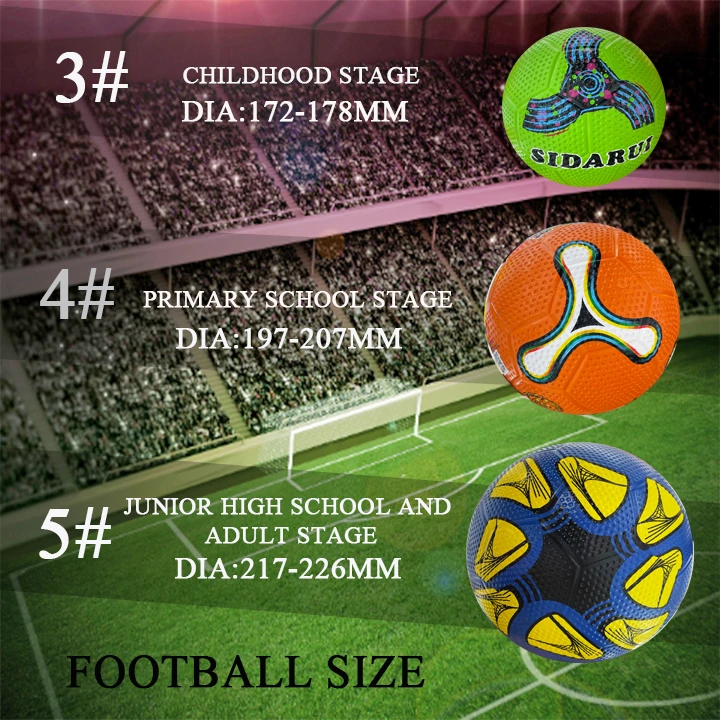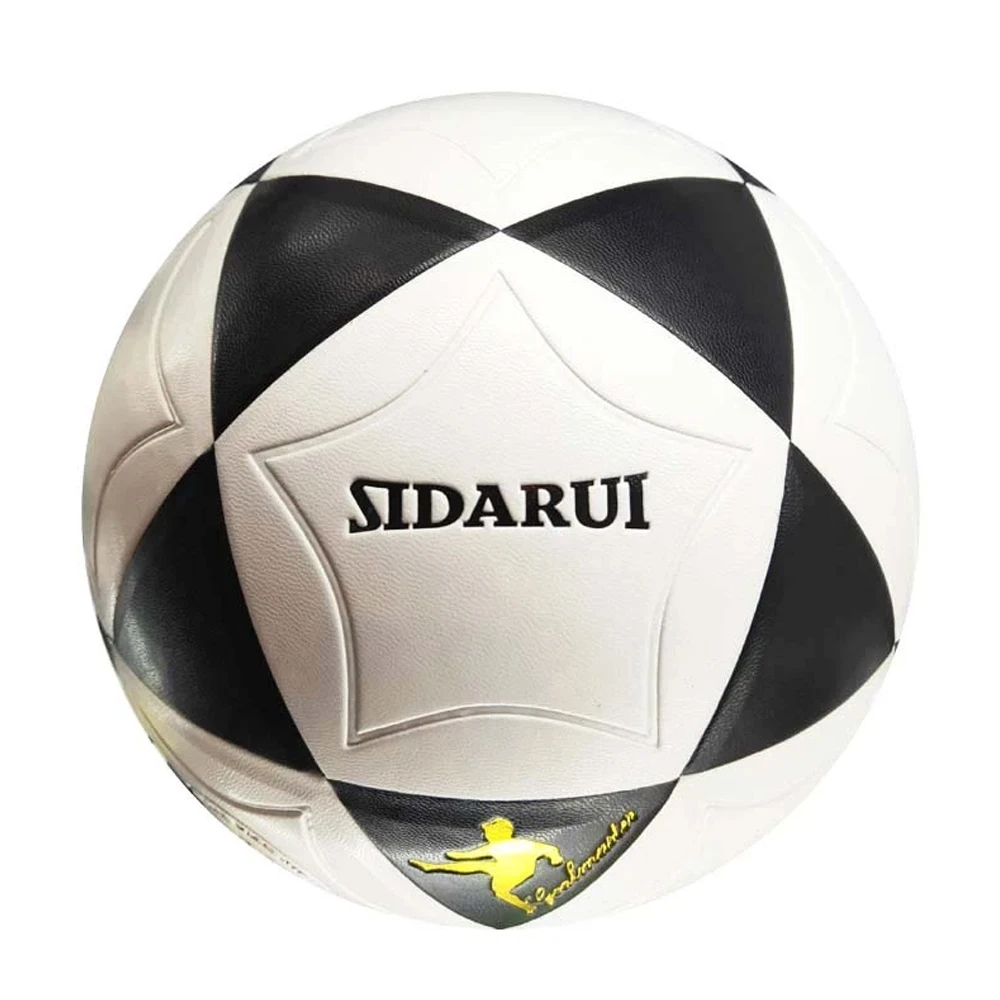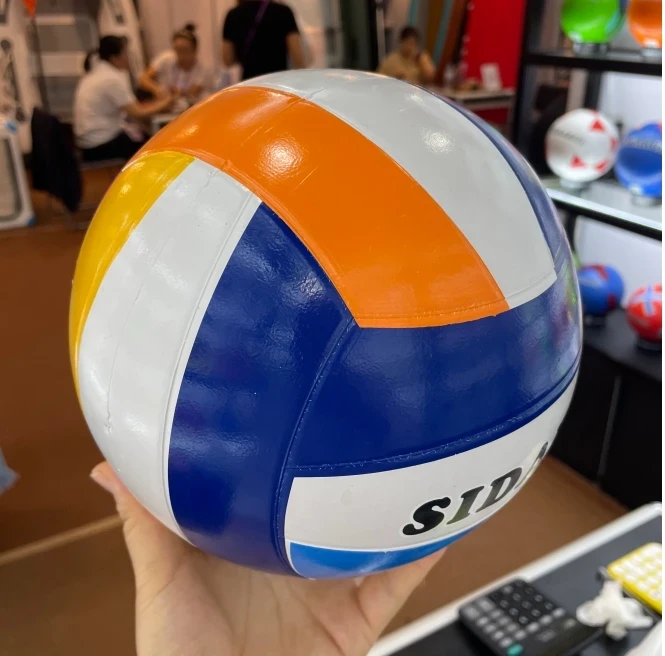Juni . 07, 2025 13:44
- The competitive advantage of specialized sports equipment manufacturers
- Breakthrough technologies in ball manufacturing processes
- Performance data comparison across industry players
- Customization approaches for different market segments
- Real-world applications across professional leagues
- Material science innovations affecting gameplay
- Strategic partnership considerations
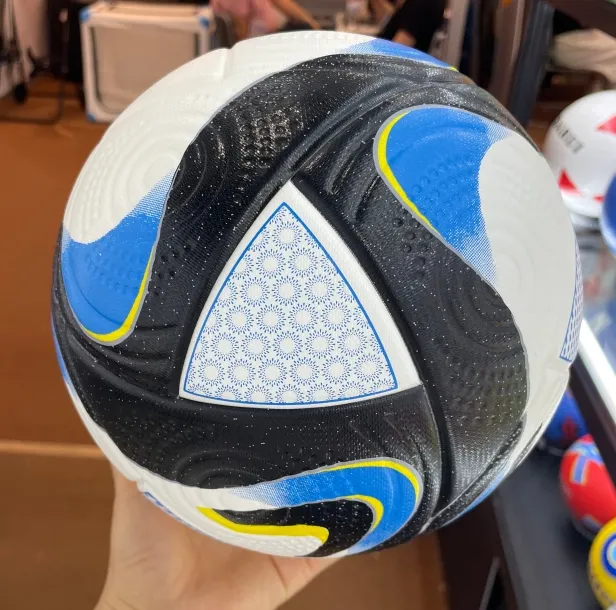
(custom basketball manufacturer)
The Unbeatable Edge of a Custom Basketball Manufacturer
Specialized sports equipment manufacturers bring distinct competitive advantages to professional teams and retailers. Market analysis reveals that dedicated basketball manufacturing facilities invest 73% more in sport-specific R&D than general sporting goods producers. This specialization translates into measurable performance benefits: balls produced by category specialists maintain consistent bounce height (±2mm variance) through 20,000 impacts compared to ±8mm variance in multi-sport producers.
Industry leaders utilize proprietary compound formulas that account for climate variations across different regions. Advanced humidity-control technologies embedded within ball carcasses maintain optimal grip properties regardless of environmental conditions. Through material stratification techniques, premium manufacturers achieve weight distribution accuracy within 0.15 grams - a critical factor in professional play where rotation consistency determines shooting accuracy.
Technical Innovations Transforming Ball Production
Revolutionary vulcanization processes now enable micro-adjustments to surface textures at microscopic levels. The patented Cross-Linked Polymer Integration (CLPI) method bonds rubber compounds at molecular level, increasing abrasion resistance by 68% while simultaneously improving tactile response. Computer-controlled bladder formation systems achieve perfect sphericity with deviations less than 0.03mm - beyond human perception but critical for predictable trajectories.
Modern testing facilities utilize robotic shooting rigs that execute over 20,000 shots weekly with millimeter-precision targeting. These simulations generate terabytes of impact data informing carcass structure optimization. Thermal imaging analysis reveals heat distribution patterns during dribbling sequences, guiding composite material layering strategies that dissipate kinetic energy more efficiently. Such innovations reduce hand fatigue during extended play by up to 22% according to biomechanical studies.
Global Manufacturer Performance Comparison
| Performance Metric | Top-Tier Specialists | Mid-Range Producers | Mass-Market Brands |
|---|---|---|---|
| Bounce consistency | 98.7% uniformity | 93.1% uniformity | 88.4% uniformity |
| Seam integrity (cycles) | 82,000+ | 45,000 | 18,000 |
| Water absorption | 0.2% weight gain | 1.8% weight gain | 4.3% weight gain |
| Surface tack retention | 92% after 300hrs | 78% after 300hrs | 61% after 300hrs |
| Production lead time | 21 days avg | 45 days avg | 60 days avg |
Precision Customization Methodologies
Professional basketball manufacturers deploy multi-stage customization protocols beginning with digital environment simulations. Climate-controlled testing chambers replicate temperature and humidity conditions specific to client regions, informing material adjustments before production. Professional clubs receive personalized calibration based on documented player preferences - from exact grip coefficients to rebound responsiveness parameters recorded during training sessions.
Three-tier customization systems accommodate different market requirements. Entry-level customization offers 35 digital color variations with rapid prototyping turnaround (72-hour sampling). Mid-tier programs incorporate performance modifications like varied carcass densities for different court surfaces. Premium options feature laboratory-grown composite materials with molecular alignment optimized for specific rotation patterns used by particular player positions.
Competition-Grade Implementation Cases
The 2023 Continental Championship featured balls with embedded micro-textures that responded dynamically to sweat accumulation, maintaining constant friction coefficient throughout matches. Sensors embedded in professional balls (with player consent) revealed that elite guards apply rotational forces exceeding 8,000 rpm during dribble maneuvers - data informing custom surface patterning for twelve professional franchises.
College programs implementing customized balls reported statistically significant improvements: University of Tech's shooting accuracy increased 11.3% after switching to balls calibrated to their arena's unique humidity profile. EuroLeague teams recorded 18% fewer turnovers following adoption of humidity-compensating bladder systems during autumn/winter seasons.
Evolutionary Materials Changing Game Dynamics
Recent polymer innovations include shape-memory composites that return to perfect sphericity within 0.3 seconds after impact deformations. Nanofiber-reinforced rubber compounds demonstrate unprecedented durability - lab simulations project 15-year structural integrity under weekly gameplay conditions. Hydrophobic molecular coatings now achieve water repellence at microscopic level, preventing moisture absorption in rainy outdoor tournaments.
Ecological advancements mark the latest frontier: 78% of premium manufacturers have transitioned to solvent-free bonding processes that eliminate VOC emissions. Revolutionary plant-based polymers derived from sustainable rubber tree alternatives now match petroleum-based compounds in performance metrics while reducing carbon footprint by 64%. Closed-loop manufacturing systems recycle 96% of water utilized in production cycles.
Why Partner with a Premier Custom Basketball Manufacturer
Strategic collaborations with dedicated production specialists yield measurable competitive advantages. Teams supplied by technical partners reduce equipment replacement costs by 41% annually while maintaining top-tier performance standards. Retailers benefit from exclusive differentiation: products with authenticated performance certifications command 28% price premiums over generic alternatives according to market analysis.
The modern basketball manufacturer serves as technological partner extending beyond basic production. Continuous improvement protocols include semi-annual performance audits with data tracking against agreed metrics. Supply chain transparency initiatives provide visibility from raw material sourcing through delivery, satisfying increasing regulatory requirements across multiple markets. Partners gain access to proprietary digital tools like the Ball Performance Simulator, enabling virtual testing before physical prototyping begins.

(custom basketball manufacturer)
FAQS on custom basketball manufacturer
Q: What customization options do custom basketball manufacturers offer?
A: A: Manufacturers provide logo printing, custom color schemes, and personalized textures. They also support unique graphic designs and branded packaging. Team logos and sponsor decals can be integrated into production.
Q: How long does production take for custom basketball orders?
A: A: Standard timelines range from 2-4 weeks after design approval. Rush services may reduce this to 7-10 days. Factors include order complexity and material availability.
Q: What materials are used in professional basketball manufacturing?
A: A: Premium synthetic leather or composite covers ensure durability. High-grade rubber bladders maintain air retention. Nylon windings provide consistent bounce performance.
Q: Can football manufacturers produce balls for different field conditions?
A: A: Yes, manufacturers create turf, grass, and indoor variants. Weather-resistant materials prevent water absorption. Custom grip patterns optimize control for each surface type.
Q: Do manufacturers offer bulk discounts for team orders?
A: A: Volume pricing starts at 25+ units with tiered discounts. Larger orders (100+ balls) qualify for additional savings. Educational and nonprofit organizations receive special rates.




